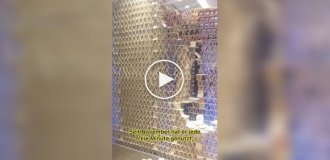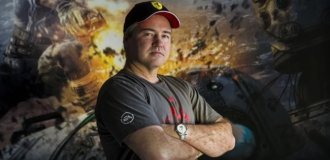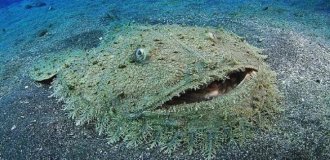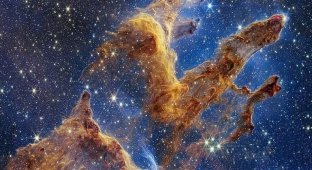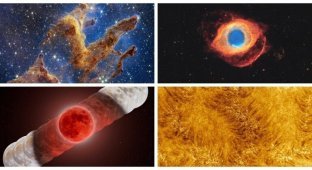"James Webb" took pictures of never-before-seen galaxies (5 photos)
NASA's James Webb Space Telescope (JWST) photographed never-before-seen galaxies that seem like sparkling diamonds in blackness of space. They formed 13.5 billion years ago in an area known as the north ecliptic pole. 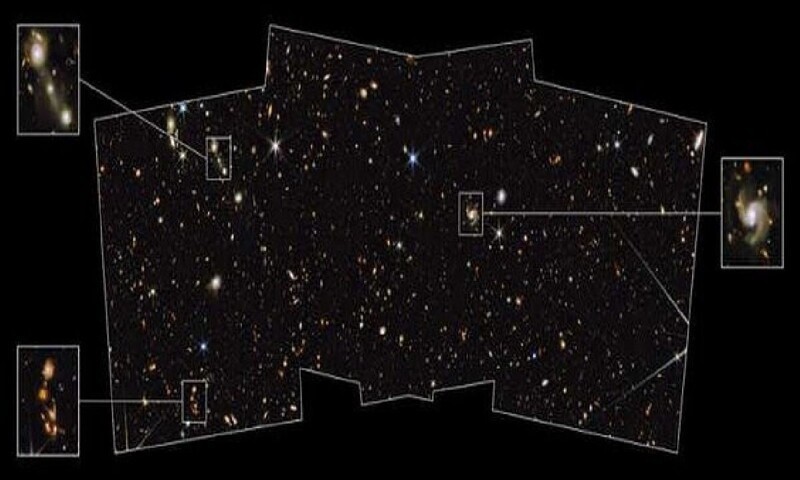
A new image taken by the NASA telescope is one of the first wide-angle images of medium depth space. It captured thousands of never-before-seen galaxies that formed 13.5 billion years ago - 200 million years after the Big Bang.
Most of the objects shown in the picture are distant galaxies that are at the very edge of the observable universe. They're in a billion times dimmer than objects that can be seen with the naked eye eye, but James's Near Infrared Camera (NIRCam) Webb" captures them.
An image of a section of the sky known as the North Pole of the ecliptic, was done as part of the PEARLS program (Prime Extragalactic Areas for Reionization and Lensing Science). It is made up of eight photographs. "James Webb", taken with a near-infrared camera with different filters, and three Hubble images taken in ultraviolet and visible light. 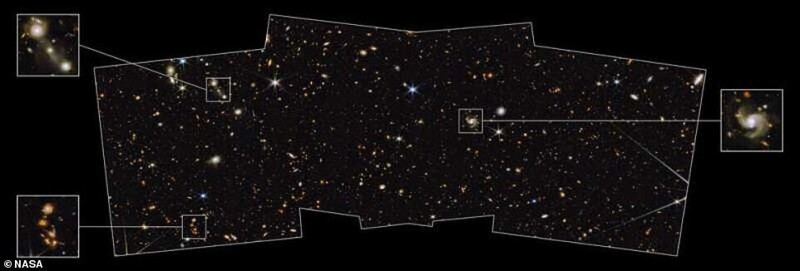
According to the researchers, the images of "James Webb" are truly phenomenal and beyond our wildest expectations. They allow you to measure the density of galaxies glowing in the very weak infrared, and the total amount of light they emit. 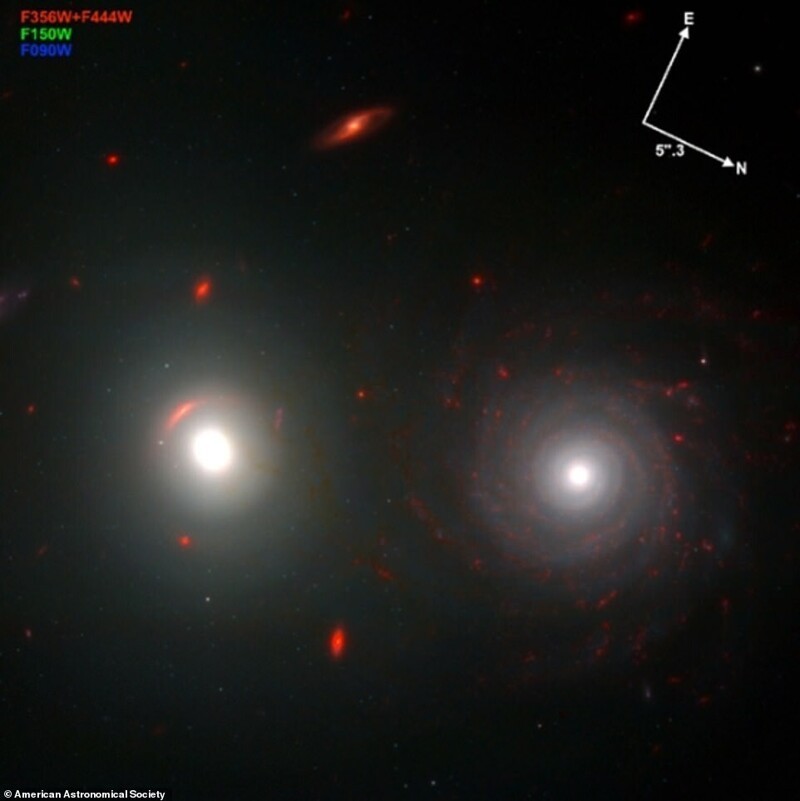
Detailed, high-resolution images enable scientists to see many objects, including individual globular clusters around distant elliptical galaxies, star formation nodes inside spiral galaxies and thousands of dim galaxies in the background.
The NIRCam observations will be combined with the spectra obtained from using a near-infrared imaging device range and slitless Webb spectrograph (NIRISS), which will allow researchers to look for dim objects with spectral emission lines that can be used to more accurately estimate distances up to them. 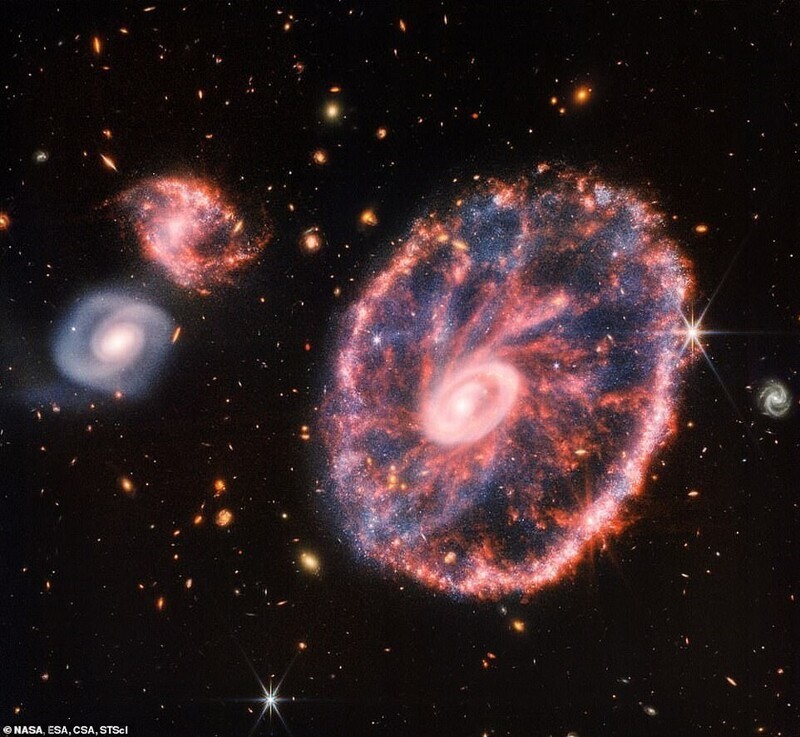
"James Webb" took other pictures of spiral galaxies, for example, the Cartwheel galaxy, which is 489.2 million light years from Earth.
The appearance of an object is the result of an extreme event − high speed collision between a large spiral galaxy and a smaller galaxy that is not visible in this image. galaxy previously explored with other telescopes, including Hubble. But due to the large amount of dust enveloping it, get clear pictures was impossible. 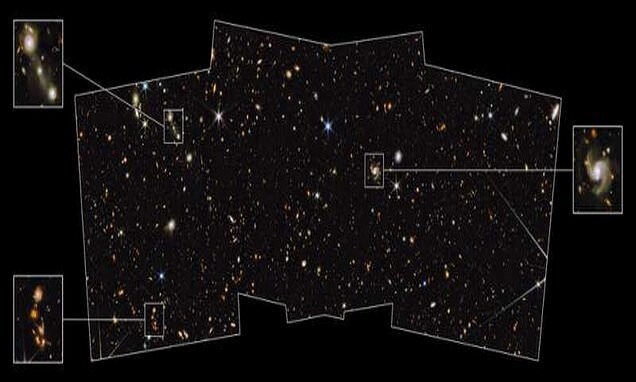
The infrared capability of the James Webb means it can "look into the past" with an accuracy of 100-200 million years after Big Bang and take pictures of the very first stars that shone in Universe over 13.5 billion years ago. This is a big step for space exploration, and only the beginning of the journey. Scientists will soon discover more and more about the masses, age, history and composition of distant galaxies.



